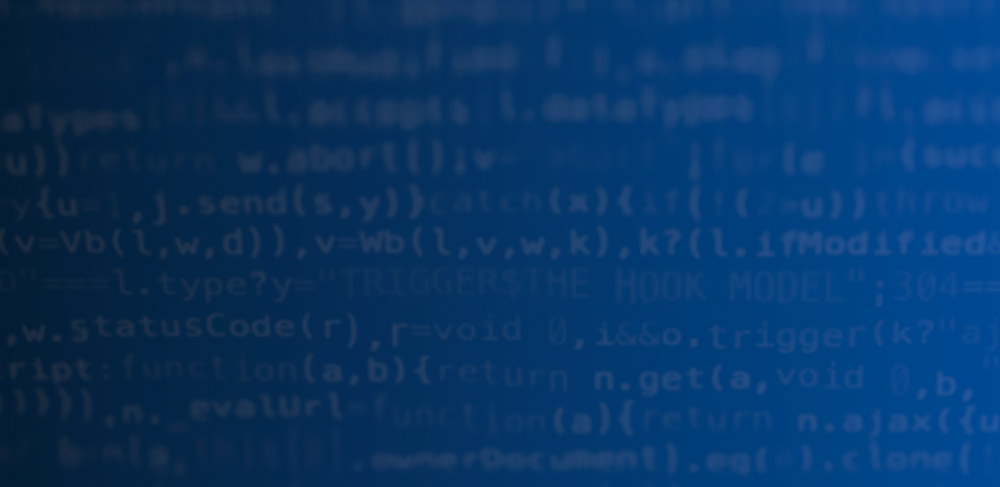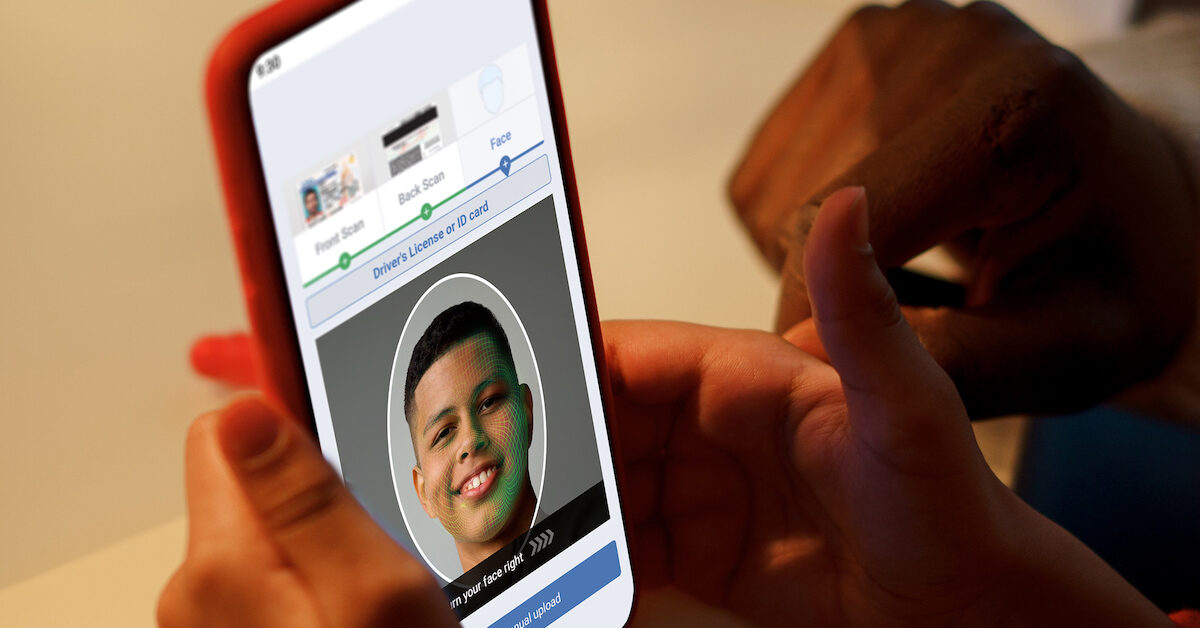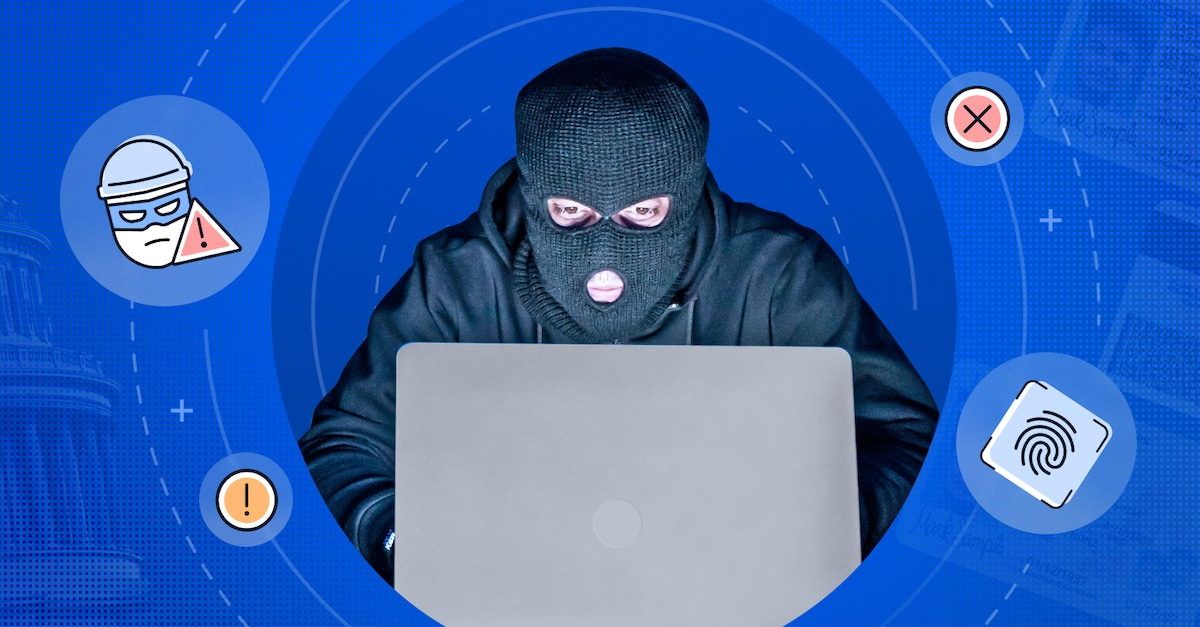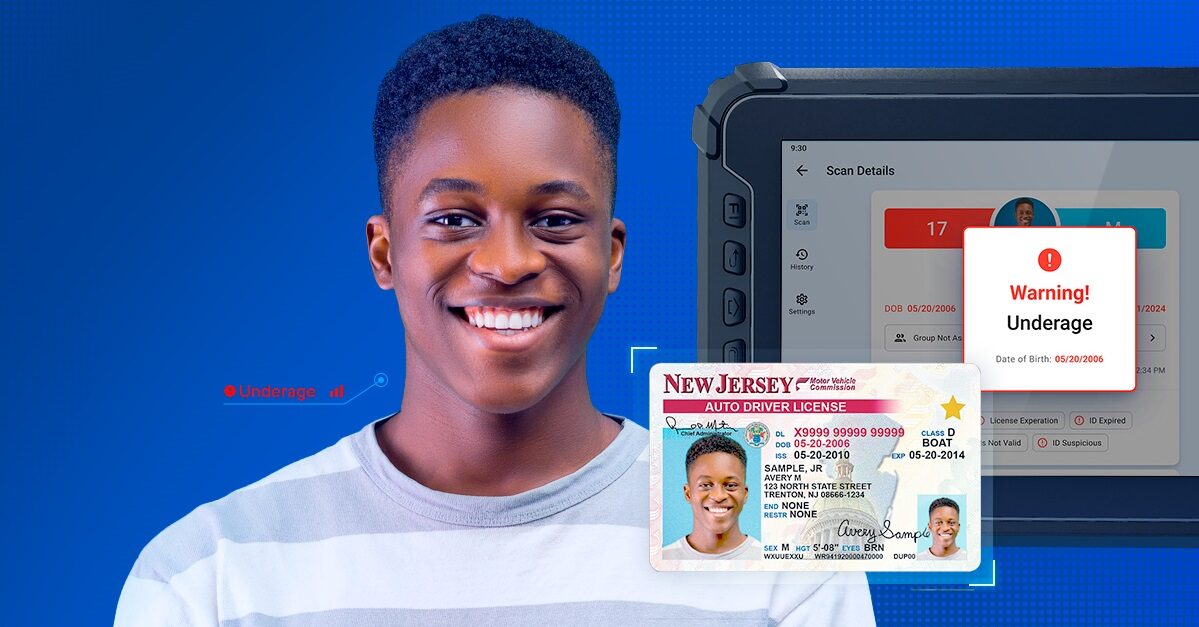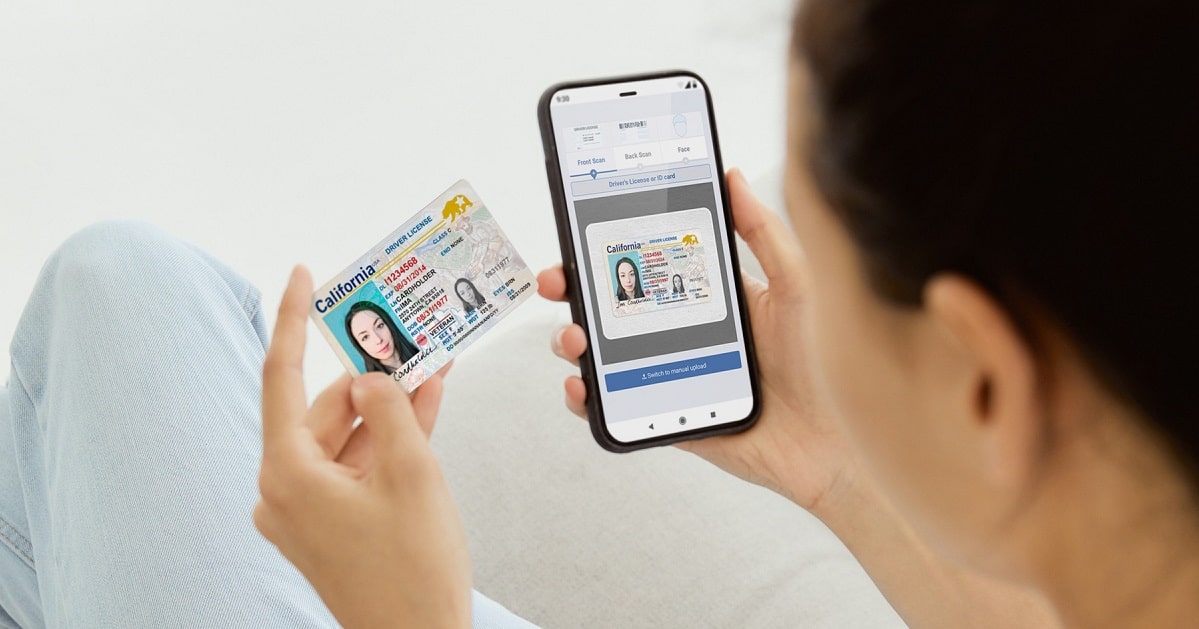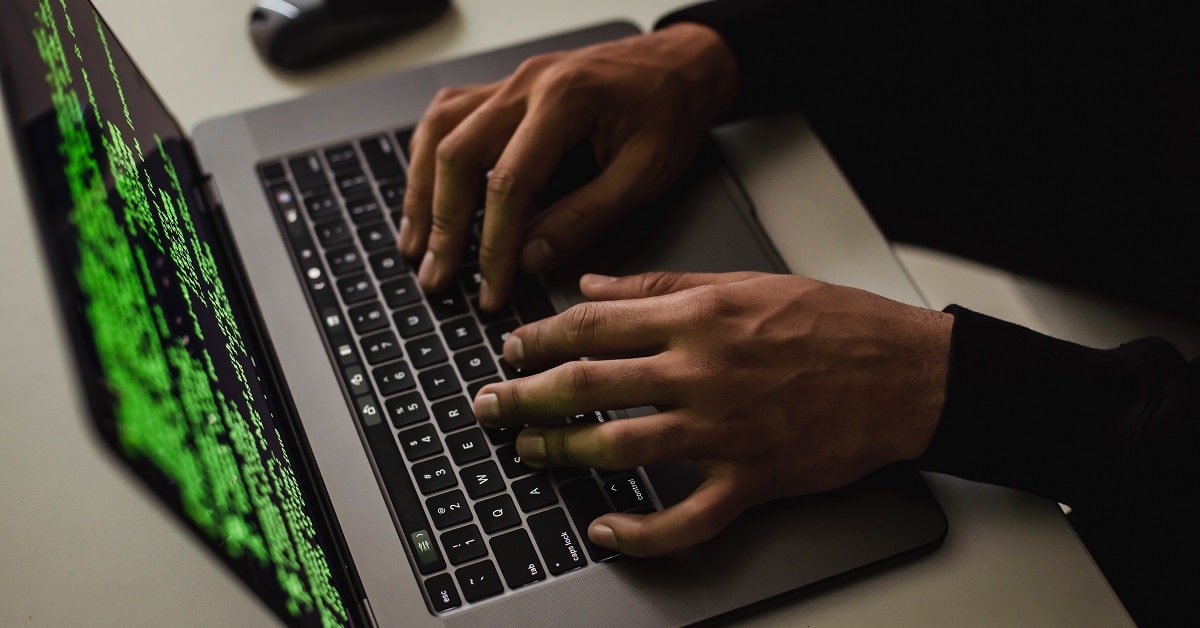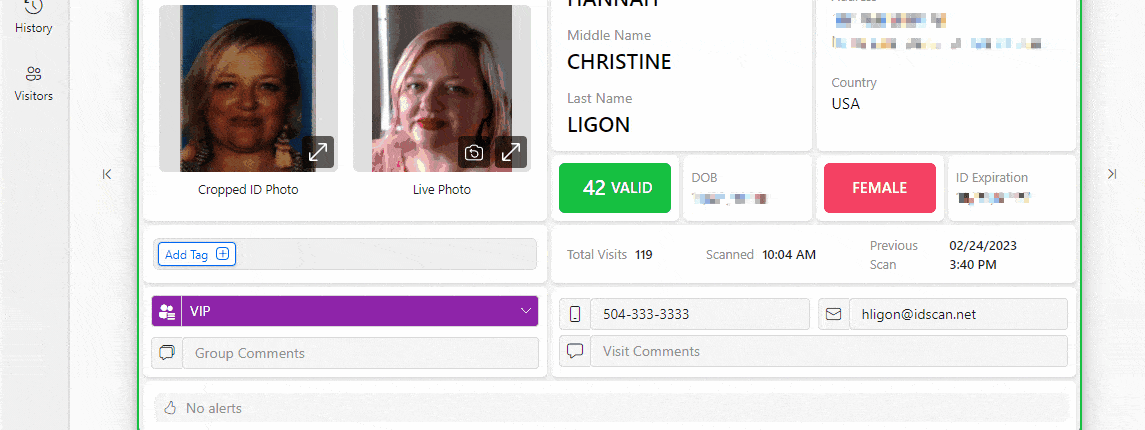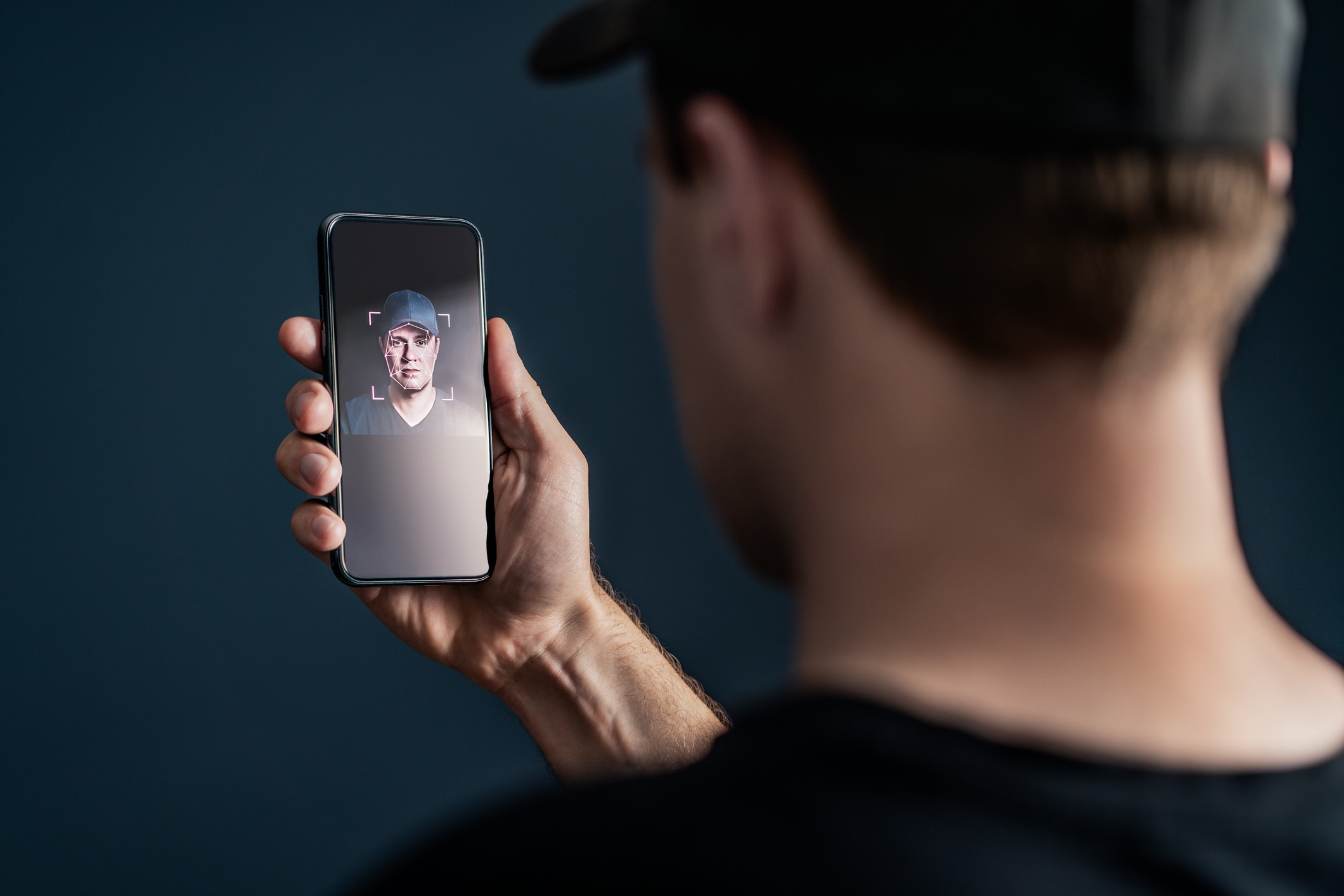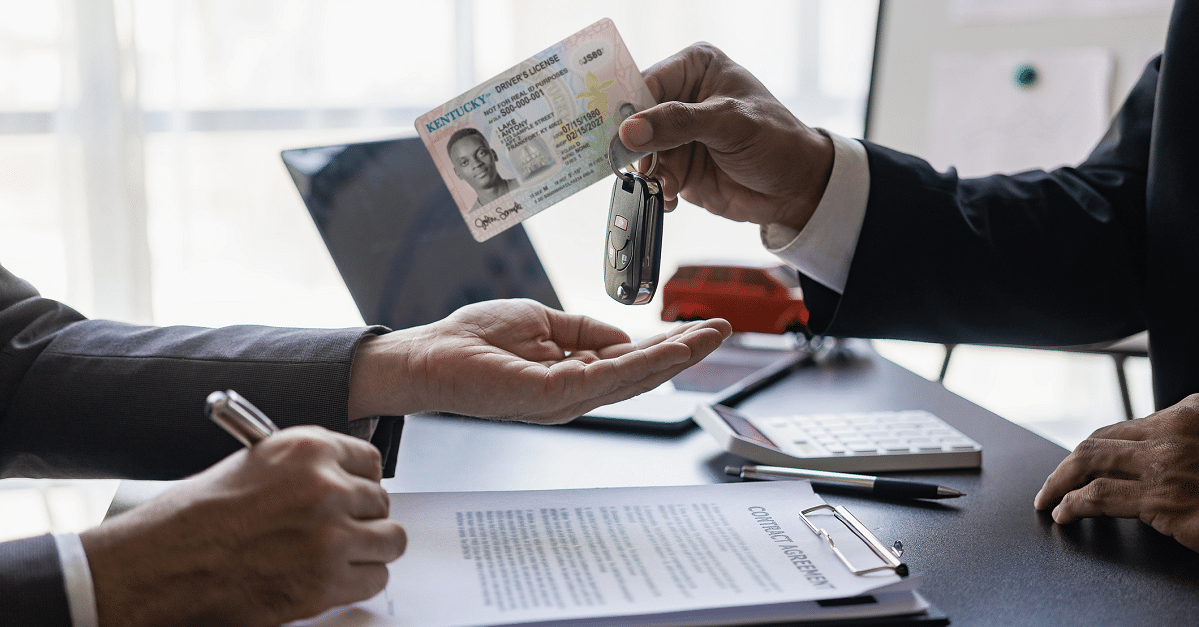IDScan.net
Identity Verification Technology
-
Visitor management software for schools can vastly improve daily processes and increase security. Here are the top features for schools.
-
Overview of verification selfie with ID card technology used for confirming identity and matching a selfie to the photo on an ID.
-
Top identity verification trends for 2024 – digital IDs, eCommerce age verification legislation, and growing sophistication of fake IDs.
-
Not all ID verification is created equally. Many businesses think they are performing age verification, when they aren’t equipped to do so.
-
IDScan.net highlights recent data on digital identity verification (DIVE) statistics and trends. Read more here.
-
Identity Verification as a Service (IDaas) is a service that aids businesses in verifying the identity of their customers.
-
Learn about “fullz” aka full credentials, and how fraudsters are using hacked information to steal identities and impact your business.
-
Identity verification methods are moving toward a biometric landscape in an attempt to reduce fraud. Here are some of the most common types.
-
Synthetic identity fraud is a type of fraud where criminals create a new identity by combining real and fake info. Learn how to prevent it.
-
The latest updates to VeriScan for Windows. Eligible customers will now have access to a greatly improved VeriScan product for Desktop use.
